ISO 639-3 ban | ISO 639-2 ban Glottolog bali1278 | |
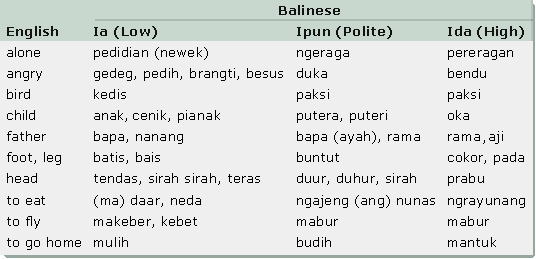 | ||
Native speakers 3.3 million (2000 census) Language family Austronesian languages, Malayo-Sumbawan languages | ||
Balinese language lesson 1
Balinese or simply Bali is a Malayo-Polynesian language spoken by 3.3 million people (as of 2000) on the Indonesian island of Bali, as well as northern Nusa Penida, western Lombok and eastern Java. Most Balinese speakers also know Indonesian. Balinese itself is not mutually intelligible with Indonesian, but may be understood by Javanese speakers after some exposure.
Contents
- Balinese language lesson 1
- greetings in balinese language
- Vowels
- Stress
- Grammar
- Registers
- Numerals
- Writing
- Balinese script
- Latin alphabet
- Note
- References
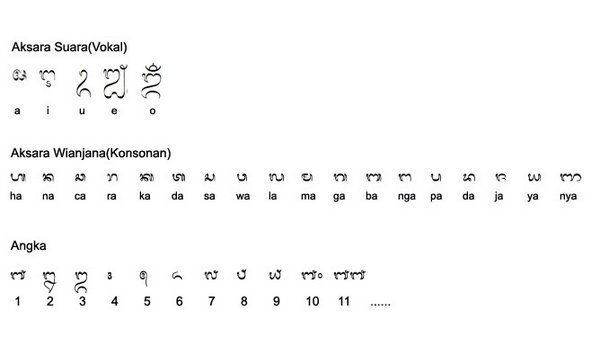
In 2011, the Bali Cultural Agency estimates that the number of people still using Balinese language in their daily lives on the Bali Island does not exceed 1 million, as in urban areas their parents only introduce Indonesian language or even English, while daily conversations in the institutions and the mass media have disappeared. The written form of the Balinese language is increasingly unfamiliar and most Balinese people use the Balinese language only as a spoken tool with mixing of Indonesian language in their daily conversation. But in the transmigration areas outside Bali Island, Balinese language is extensively used and believed to play an important role in the survival of the language.
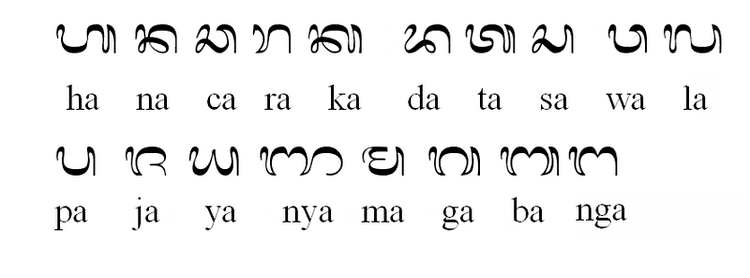
The higher registers of the language borrow extensively from Javanese: an old form of classical Javanese, Kawi, is used in Bali as a religious and ceremonial language.
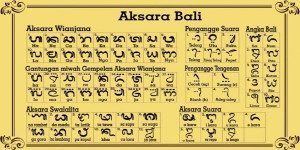
greetings in balinese language
Vowels
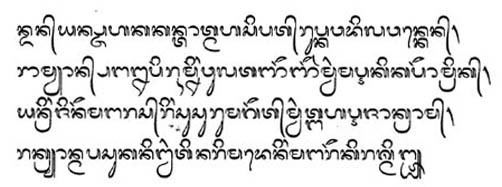
The official spelling denotes both /a/ and /ə/ by a. However, a is usually pronounced [ə] when it ends a word, and [ə] occurs also in prefixes ma-, pa- and da-.
Stress
Stress falls on the last syllable.
Grammar
The word order is similar to that of Indonesian, and verb and noun inflectional morphology is similarly minimal. However, derivational morphology is extensive, and suffixes are applied to indicate definite or indefinite articles, and optionally to indicate possession.
Registers
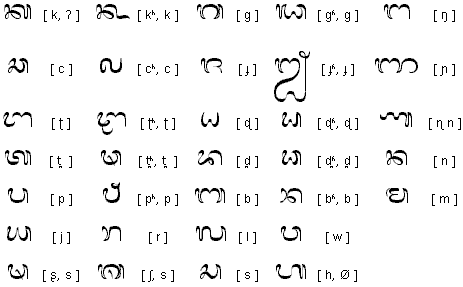
Balinese has different registers depending on the relationship and status of those speaking: low (basa ketah), middle (basa madia), and high (basa singgih). Basa singgih contains many loanwords from Sanskrit and Javanese.
Numerals
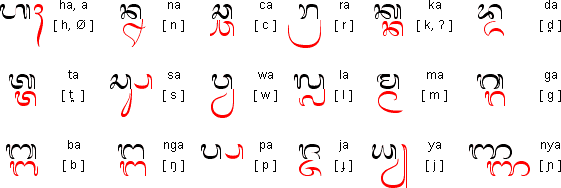
Balinese has a decimal numeral system, but this is complicated by numerous words for intermediate quantities such as 45, 175, and 1600.
Writing
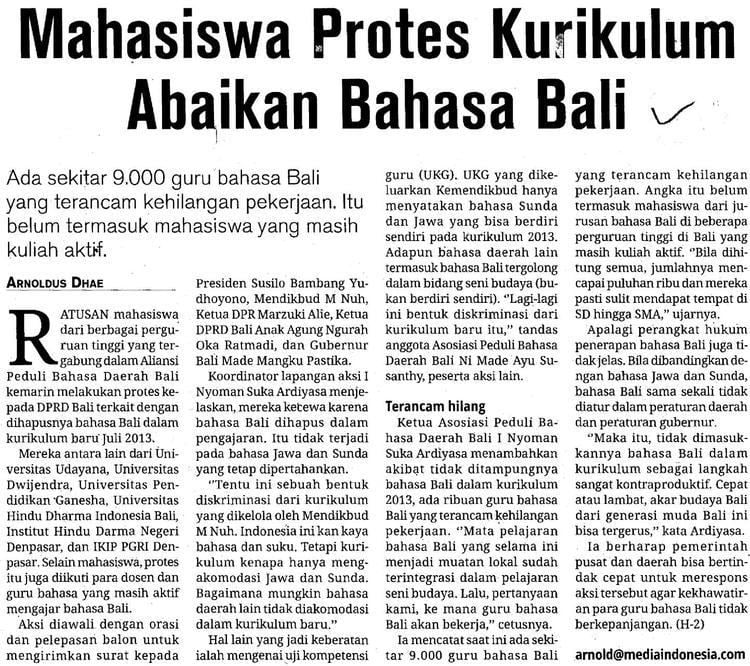
Balinese has been written in two different writing systems: the Balinese script, and in modern times the Latin script.
Balinese script
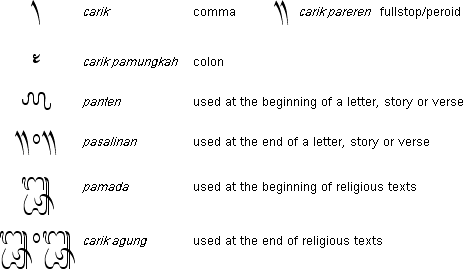
The Balinese script (Aksara Bali, ᬅᬓ᭄ᬱᬭᬩᬮᬶ), which is arranged as Hanacaraka (ᬳᬦᬘᬭᬓ), is an abugida, ultimately derived from the Brāhmī script of India. The earliest known inscriptions date from the 11th century AD.
Few people today are familiar with the Balinese script. The Balinese Script is almost the same as Javanese script.
Latin alphabet
Schools in Bali today teach a Latin alphabet known as Tulisan Bali.
Note
^1 In Balinese script, Sanskrit and Kawi loanword has different orthography than native words. The first Balinese script is influenced by orthography of sanskrit and kawi as word basa derives from the Sanskrit word भाषा bhāṣā. Meanwhile, diacritics is not written in current romanization of Balinese language. Thus, ᬪᬵᬱᬩᬮᬶ and basa Bali are the standard forms.
